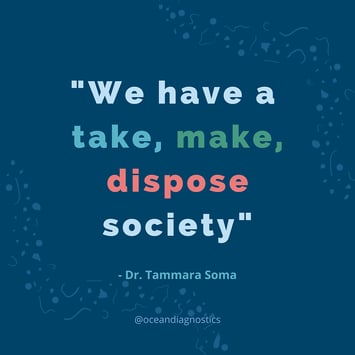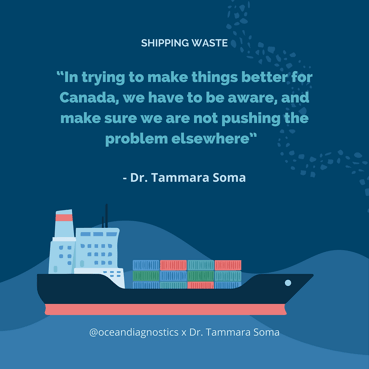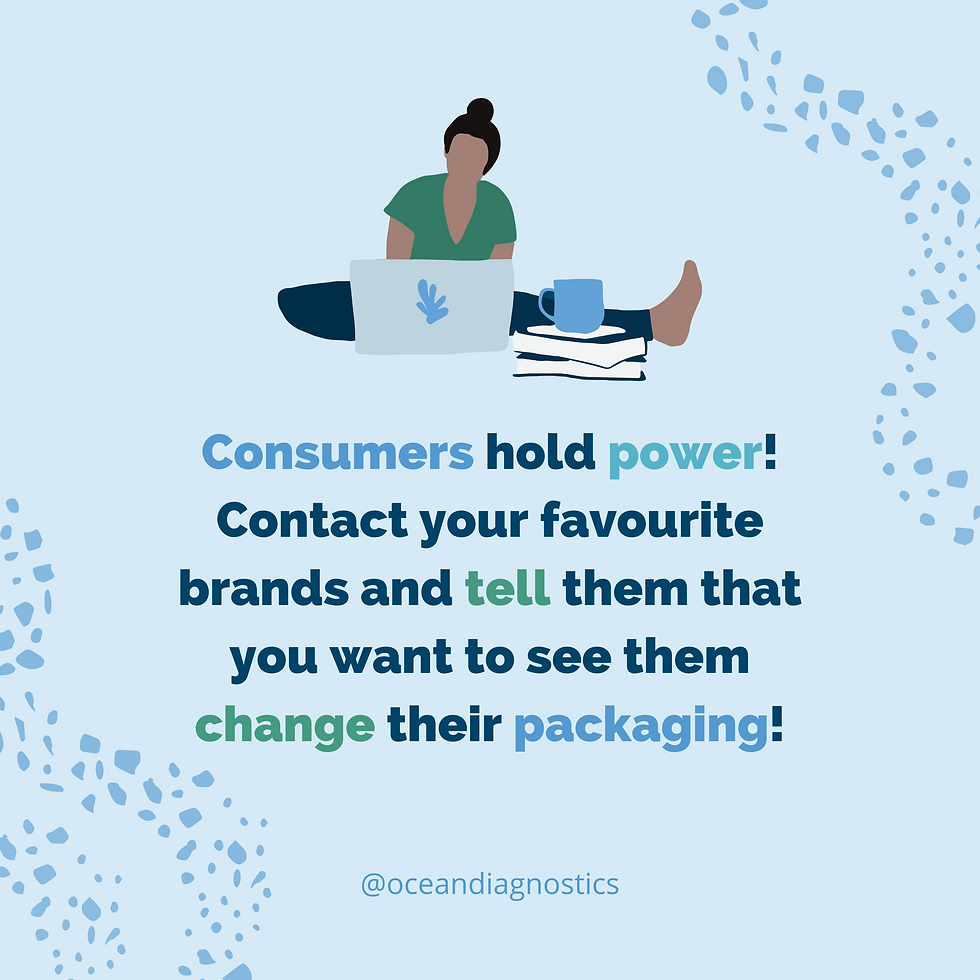Microplastics Choke Food Systems
Microplastics Choke Food Systems
The Challenges of a “Take, Make and Dispose” Society


Is Plastic Food Packaging a Concern?
“I think we should be very concerned,” shares Dr. Soma, “We can’t just be concerned about the microplastics in our food, in terms of the microplastics themselves, but it is also the types of chemicals that are used to make plastics.”
Some plastics may contain phthalates. Phthalates are plasticizers that can leave plastic and enter our food. In other words, they are hormone disruptors that can prevent natural processes from occurring in our bodies. Studies on chemicals in takeout packaging have found toxins.
“As consumers, we assume these packages are safe, we assume our packaging would not contain toxins... but the thing is, most of us are not aware of all the different components used to make packaging behave a certain way. We just hope that it is safe, but some studies have shown otherwise. Not all packaging is safe. This has resulted in some companies changing their formula to reduce risk,” explains Dr. Soma.
How Much Plastic is in Your Kitchen?
Some of the most common plastics used in food systems include:
Polyethylene terephthalate (PET)
-
PET seems to be the most common plastic in food systems. It is found in soft drink bottles, packaging trays, frozen readymade trays, plastic cling wrap, covering meat and vegetable trays.
High-density polyethylene (HDPE)
-
This famous plastic can be found in shopping bags, bottle caps and freezer bags.
Polypropylene
-
Polypropylene can be found in food containers, straws and even chip bags!
“Chip bags look different. They don’t look plastic, but they are actually a mix of plastic and other materials. [Plastic] is everywhere,” shares Dr. Soma.
How does Plastic Impact Food Security?
There are different definitions of food security but, primarily, it is about our access to culturally appropriate food. Access does not solely mean cost, but also the ability to access the food.
“Plastic packaging complicates waste management” - Dr. Soma
For example, the rise of plastic packaging in Indonesia has complicated waste management. Over the years, traditional reusable packaging like banana leaves have been replaced by plastic wrapping, and people can no longer manage the waste. Rather than reusing the banana leaf or recycling it into the soil, plastic waste must be sent to landfill.
“Plastic waste clogs sewers and rivers; it contributes to flooding. When it floods, plastics cover the farm fields and that impacts food security,” Dr. Soma explains. When this happens in Indonesia, the farms become “choked up” and destroyed.

While we may not see this often in Canada, it is still a major issue. Dr. Soma explains, “Our plastic waste in Canada does not just stay in Canada. It is shipped to other countries under recycling schemes and impacts countries like the Philippines and Indonesia. These countries absorb plastic waste from the global north. In trying to make things better for Canada, we have to be aware and make sure we are not pushing the problem elsewhere.”
Canada is working to ban six single-use plastics, and Dr. Soma is cautiously hopeful. She says, “The hope from the federal government is to achieve zero plastic waste by 2030 and promote a circular food economy, which is all very, very exciting. I hope, as researchers, we contribute to this overall objective and mission... I do think we need to push more though.”
What can We Learn from Other Cultures?
“Sometimes innovation is not about reinventing the wheel, but it is really about the potential of merging traditional tools with modern practices,” shares Dr. Soma. She continues, “In Indonesia, we have a metal food container called Rantang and we use it for delivering food. It is stackable and similar to an Indian Tiffin box.”
Catering companies deliver these Rantangs to work offices, they are then washed and returned to the company to be filled up again the next day’s lunch. People now use polystyrene (commonly known as the brand Styrofoam™) containers for catering.
In Mexico, corn leaf is used for tamales. In Indonesia, banana leaves are used for packaging. These are just two examples of the many plant-based solutions countries around the world are already using.
“When we push for convenience, we often forget the environmental piece,” says Dr. Soma.
Does Plastic Packaging Preserve Food Better than Plant-Based Packaging?
While plastic packaging serves a purpose to increase shelf life, the root cause of why we are increasingly reliant on plastic is convenience.
Something else to keep in mind is the long supply chain. “We have such a long-distance food supply chain that a lot of different types of food needs to be packaged for long-distance travel,” Dr. Soma explains. This includes packing items individually or in smaller portions in plastics.
“If you dig deeper and deeper and deeper,” she illustrates, “our whole lifestyle has changed to become rush, rush, rush. Go, go, go!”
What Can We Do?
Dr. Soma quotes the Zero Waste Chef Anne-Marie Bonneau, “Reducing waste is not about perfection, it is about making the changes we can make, and not worrying too much about perfection. Instead of it being expensive, it is about using what we have one hand.”
Before you throw away your plastic cups and plates for a brand-new set of stainless-steel ones, consider other uses. It is not about throwing out items that you deem wasteful, but using what you have on hand, thrifting, and exchanging.
There are ways we can participate in reducing waste, without creating more waste.

Ocean Diagnostics Inc is an environmental impact company that develops technologies and laboratory capabilities to standardize microplastics data collection and analysis. The company works closely with academic and government partners to advance microplastic science. ODI has partnered with Environment and Climate Change Canada to share information on plastic pollution from Canadian plastic experts. Learn more here.
Follow #BeatPlasticPollution for the latest news.
